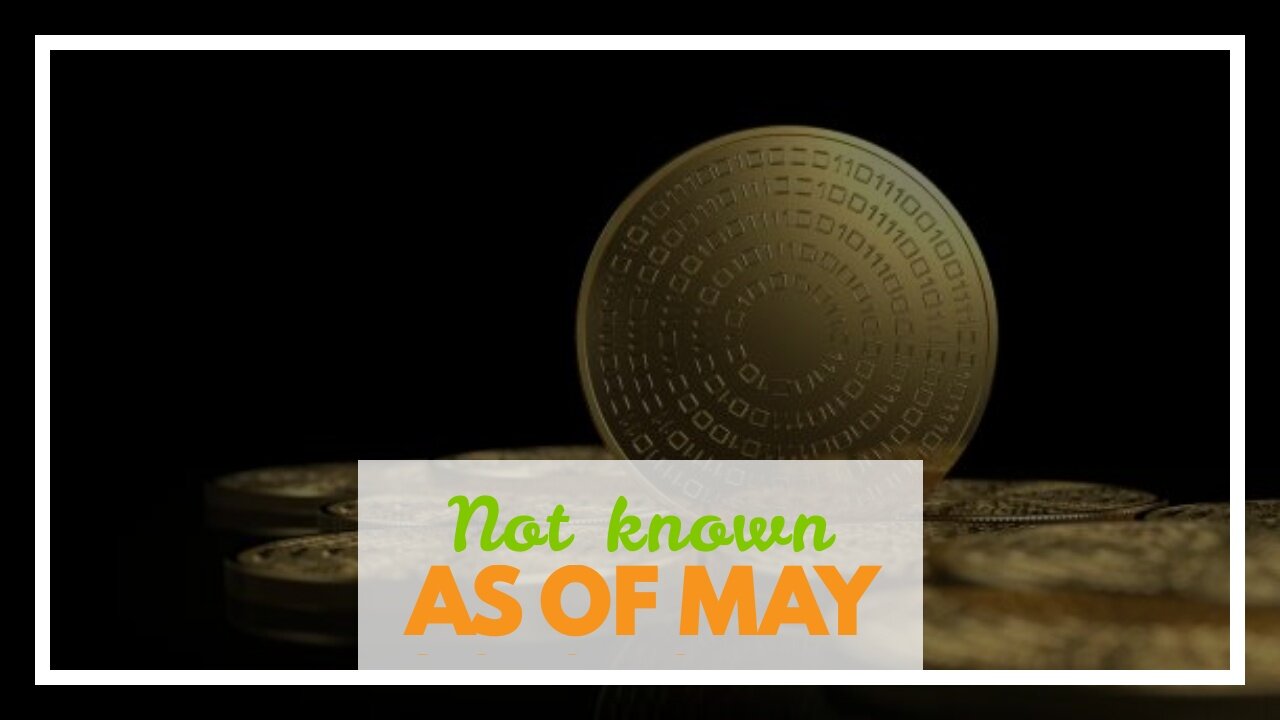Premium Only Content

Not known Facts About What Is Cryptocurrency? Here's What You Should Know
As of May 2018, over 1,800 cryptocurrency specifications existed. Within a proof-of-work cryptocurrency system such as Bitcoin, the safety, stability and balance of ledgers is maintained by a community of equally distrustful parties referred to as miners: who utilize their computers to help confirm and timestamp deals, including them to the ledger in accordance with a particular timestamping plan.
Many cryptocurrencies are designed to slowly decrease the production of that currency, putting a cap on the overall amount of that currency that will ever remain in blood circulation. Compared to regular currencies held by monetary organizations or kept as cash on hand, cryptocurrencies can be harder for seizure by police.
A blockchain is a continuously growing list of records, called blocks, which are linked and secured using cryptography. Each block usually includes a hash pointer as a link to a previous block, a timestamp and transaction information. By design, blockchains are naturally resistant to adjustment of the information. It is "an open, dispersed ledger that can record deals between 2 celebrations efficiently and in a verifiable and permanent way".
When recorded, the information in any provided block can not be changed retroactively without the change of all subsequent blocks, which needs collusion of the network bulk. Blockchains are safe and secure by style and are an example of a dispersed computing system with high Byzantine fault tolerance. Decentralized consensus has therefore been accomplished with a blockchain.
The node supports the appropriate cryptocurrency's network through either; relaying deals, recognition or hosting a copy of the blockchain. In regards to communicating deals each network computer system (node) has a copy of the blockchain of the cryptocurrency it supports, when a transaction is made the node producing the deal broadcasts information of the transaction using encryption to other nodes throughout the node network so that the transaction (and every other transaction) is known.
Cryptocurrencies utilize various timestamping plans to "show" the validity of transactions contributed to the blockchain journal without the requirement for a trusted third party. The very first timestamping plan invented was the proof-of-work plan. The most commonly utilized proof-of-work schemes are based on SHA-256 and scrypt. Some other hashing algorithms that are used for proof-of-work consist of Crypto, Night, Blake, SHA-3, and X11. https://hi.switchy.io/8F8Y
-
 LIVE
LIVE
VINCE
1 hour agoWhat Just Happened At The White House? | Episode 106 - 08/19/25
33,881 watching -
 LIVE
LIVE
Dear America
2 hours agoTrump Calls Putin MID-MEETING With World Leaders!! Did Trump just END THE WAR?!
3,289 watching -
 LIVE
LIVE
GritsGG
2 hours agoWin Streaking! Most Wins 3390+ 🧠
615 watching -
 LIVE
LIVE
Matt Kohrs
9 hours agoLIVE! Day Trading Futures & Options || Market Open
1,098 watching -
 LIVE
LIVE
Wendy Bell Radio
5 hours agoThe Ultimate Alpha
7,776 watching -
 LIVE
LIVE
Reidboyy
1 hour agoNEW FREE FPS OUT ON CONSOLE TODAY! (Delta Force = BF6 Jr.)
17 watching -
 LIVE
LIVE
RoxomTV
19 days agoMAX KAISER & STACY HERBERT LIVE — Bitcoin Reborn | 24/7 from RoxomTV
237 watching -
 LIVE
LIVE
Badlands Media
1 hour agoBadlands Daily: August 19
3,332 watching -
 LIVE
LIVE
EXPBLESS
2 hours agoMessing Around In Elden Ring Finding All Caves And Hidden Secrets.
89 watching -
 LIVE
LIVE
The Mike Schwartz Show
2 hours agoTHE MIKE SCHWARTZ SHOW with DR. MICHAEL J SCHWARTZ 08-19-2025
2,183 watching